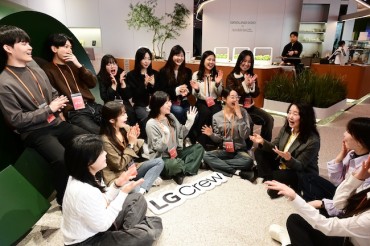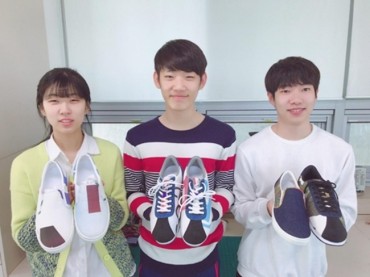
According to the National Health Insurance Service, from 2011 to 2016 the number of individuals diagnosed with forward head posture went up from 2.4 million to 2.7 million, an increase of around 300,000 in only five years. (Image: Yonhap)
SEOUL, Feb. 26 (Korea Bizwire) – According to the National Health Insurance Service, from 2011 to 2016 the number of individuals diagnosed with forward head posture went up from 2.4 million to 2.7 million, an increase of around 300,000 in only five years.
With yearly growth in diagnoses of 2.4 percent, expert opinion attributes the rise in the condition to the increased usage of computers and smartphones.
Also called “scholar’s neck” or “reader’s neck”, forward head posture refers to the neck leaning forward so that a person’s ears are in front of the shoulder blades. Hunching over a computer or smartphone screen is one of the main causes of this neck positioning.
Data shows that there are 1.3 women for every 1 man who suffers from scholar’s neck. In 2016, 1.16 million men and 1.53 million women shared this condition.
By age groups, those in their 50s were most afflicted (23.8 percent of total), followed by those in their 40s (21 percent), 30s (15.3 percent) and seniors in their 60s (14.8 percent).

By age groups, those in their 50s were most afflicted (23.8 percent of total), followed by those in their 40s (21 percent), 30s (15.3 percent) and seniors in their 60s (14.8 percent). (Image: Yonhap)
Typically, the weight of the head is supported by the cervical spine and the back, but forward head posture puts undue pressure on the body’s muscles and joints, which explains the headaches and back pain that can arise should forward head posture become a lasting state.
To remedy the onset of bad posture, it is recommended that when using a computer, the screen should be placed at eye level, and that the distance from the screen to one’s eyes should be the length of one’s arm.
With smartphone use as well, care should be taken to maintain sufficient distance from one’s eyes so that there is no need to hunch or slump over.
Smartphone penetration in South Korean society is widespread. Per the Ministry of Science and ICT on February 26, in the GSMA’s global mobile engagement index (GMEI) survey South Korea ranked first for the second year running. Following South Korea were Qatar and Finland.
Kevin Lee (kevinlee@koreabizwire.com)






